

Articles
How Car AC Works
Modified: August 27, 2024
Discover how car AC works and stay cool in the summer heat. Read our informative articles to learn more about car AC maintenance and repair.
(Many of the links in this article redirect to a specific reviewed product. Your purchase of these products through affiliate links helps to generate commission for Storables.com, at no extra cost. Learn more)
Introduction
Welcome to the fascinating world of automotive air conditioning. As the mercury rises and the summer heat becomes unbearable, there’s nothing quite like stepping into a cool and comfortable car. The car’s air conditioning (AC) system plays a vital role in ensuring a pleasant driving experience by keeping the interior temperature at an optimal level. But have you ever wondered how car AC works?
In this article, we will take a deep dive into the components and functioning of a car AC system, demystifying the process and shedding light on the intricate mechanisms at play. By understanding how your car’s AC system operates, you’ll be better equipped to maintain it and troubleshoot any issues that may arise.
So, let’s buckle up and explore the world of car AC systems!
Key Takeaways:
- Understanding the intricate components and functioning of a car AC system empowers drivers to maintain and troubleshoot issues, ensuring a cool and comfortable driving experience even in scorching temperatures.
- Regular maintenance, such as checking refrigerant levels and cleaning filters, is crucial for optimal car AC system performance. Identifying and addressing issues promptly can prevent costly repairs and keep the system running smoothly.
Read more: Why Doesnt My AC Work In My Car
Components of Car AC System
A car AC system is a complex network of components that work together to provide cool and comfortable airflow. Let’s explore the key components of a car AC system:
- Compressor
- Condenser
- Receiver Drier or Accumulator
- Expansion Valve or Orifice Tube
- Evaporator
1. Compressor: The compressor is the heart of the car AC system. It is responsible for pressurizing and circulating the refrigerant, a special chemical substance that absorbs heat from the cabin and releases it outside.
2. Condenser: Located at the front of the car, the condenser facilitates the transfer of heat from the refrigerant to the surrounding air. It condenses the hot, high-pressure refrigerant vapor into a cooler liquid state.
3. Receiver Drier or Accumulator: The receiver drier or accumulator serves as a reservoir for the refrigerant. It also acts as a filter, removing moisture and impurities from the system.
4. Expansion Valve or Orifice Tube: Positioned between the condenser and the evaporator, the expansion valve or orifice tube regulates the flow of refrigerant into the evaporator. It controls the pressure and temperature of the refrigerant, allowing for efficient cooling.
5. Evaporator: The evaporator is located inside the car’s cabin, typically behind the dashboard. It helps in cooling the incoming air by absorbing heat from it. The evaporator cools and dehumidifies the air before it is blown into the cabin.
These components work in harmony to ensure efficient cooling and comfortable airflow inside the car. Understanding the role of each component is crucial for maintaining and troubleshooting the car’s AC system.
Basic Functioning of Car AC System
Now that we have familiarized ourselves with the key components of a car AC system, let’s delve into its basic functioning. The car AC system operates through four main processes:
- Refrigerant Circulation
- Cooling Process
- Airflow Control
- Temperature Regulation
1. Refrigerant Circulation: The car AC system relies on the circulation of refrigerant, a specialized chemical substance that can absorb and release heat. The refrigerant starts its journey in the compressor, where it is pressurized and transformed into a hot, high-pressure gas. It then passes through the condenser, where it is cooled and condensed into a liquid form. From there, it flows through the receiver drier or accumulator, which removes moisture and impurities. The refrigerant then enters the expansion valve or orifice tube, where its pressure is reduced, leading to vaporization.
2. Cooling Process: After vaporization, the refrigerant reaches the evaporator, located inside the car’s cabin. As the blower fan circulates air over the evaporator coils, the refrigerant absorbs heat from the incoming air, cooling it down. This cooled air is then blown into the cabin, providing relief from the scorching outside temperatures.
3. Airflow Control: The car AC system also features vents or louvers that allow you to control the direction and flow of cooled air. By adjusting the air vents, you can direct the airflow to different areas of the cabin, ensuring maximum comfort and cooling efficiency.
4. Temperature Regulation: Temperature regulation in the car AC system is achieved by controlling the flow and circulation of refrigerant. The expansion valve or orifice tube, along with other sensors and controls, helps regulate the amount of refrigerant entering the evaporator, thus maintaining the desired temperature inside the cabin.
Understanding these basic functions of the car AC system will empower you to make informed decisions about its maintenance, identify potential issues, and ensure optimal performance.
Regular maintenance of your car’s AC system, including checking refrigerant levels and cleaning the condenser, can help ensure optimal performance and prevent costly repairs.
Understanding the Refrigeration Cycle
The car AC system operates based on the principles of the refrigeration cycle, which involves several critical components working together to maintain a comfortable temperature inside the cabin. Let’s explore the different stages of the refrigeration cycle:
- Compressor: Compression and Cooling
- Condenser: Heat Exchange and Condensation
- Receiver Drier or Accumulator: Moisture and Impurity Removal
- Expansion Valve or Orifice Tube: Pressure Reduction and Vaporization
- Evaporator: Cooling and Dehumidification
The refrigeration cycle begins with the compressor. The compressor is driven by the engine and is responsible for compressing the low-pressure refrigerant gas into a high-pressure state. As the refrigerant is compressed, its temperature rises. The compressor also plays a crucial role in cooling the refrigerant by circulating it through a series of coils.
The high-pressure, high-temperature refrigerant gas then flows into the condenser. The condenser is located at the front of the car and consists of a network of tubes with fins to increase surface area. As the hot refrigerant gas passes through the condenser, it releases heat to the surrounding air. This heat exchange process causes the refrigerant to condense into a cooler liquid state.
The next component in the refrigeration cycle is the receiver drier or accumulator. Its primary function is to remove any moisture or impurities present in the refrigerant. Moisture and impurities can cause damage to the AC system and affect its performance, so the receiver drier or accumulator plays a crucial role in maintaining its efficiency.
The refrigerant then passes through the expansion valve or orifice tube, which controls the flow and pressure of the refrigerant entering the evaporator. By reducing the pressure, the expansion valve or orifice tube allows the refrigerant to vaporize, changing it from a liquid to a gas state. This pressure reduction and vaporization result in a significant drop in temperature.
The cooled refrigerant gas enters the evaporator, which is located inside the car’s cabin. As the blower fan blows air over the evaporator coils, the cool refrigerant absorbs heat from the incoming air, effectively cooling it down. Additionally, the evaporator has fins that help remove moisture from the air, effectively reducing humidity and creating a more comfortable environment inside the car.
By understanding the different stages of the refrigeration cycle, you’ll gain insight into how the car AC system works and how each component contributes to the overall cooling process.
Importance of Regular Maintenance and Troubleshooting
Like any other system in your car, the AC system requires regular maintenance to ensure optimal performance. By following a few key maintenance steps and troubleshooting potential issues, you can keep your car’s AC system running smoothly. Here are some important maintenance tasks and troubleshooting measures:
- Checking Refrigerant Levels: The refrigerant is essential for the cooling process in your car’s AC system. Low refrigerant levels can lead to reduced cooling efficiency or even system failure. Regularly checking the refrigerant levels and topping them up as needed is crucial to ensure proper functioning of the AC system.
- Cleaning and Replacing Filters: The filters in your car’s AC system play a vital role in maintaining air quality and preventing the buildup of dirt and debris. Over time, filters can become clogged, restricting airflow and reducing cooling efficiency. Regularly cleaning or replacing filters will help maintain optimal airflow and prevent potential problems.
- Inspecting and Repairing Leaks: Refrigerant leaks can occur in the AC system, resulting in decreased cooling performance and potential damage. Regularly inspecting the AC system for leaks and promptly repairing them is crucial to prevent further issues and maintain the integrity of the system.
- Identifying Common Issues: Familiarize yourself with common AC system issues, such as weak airflow, strange odors, or unusual noises. These can be signs of underlying problems that need attention. Identifying and addressing these issues early can prevent further damage and costly repairs down the line.
Remember, if you are unsure about any AC system maintenance tasks or troubleshooting procedures, it’s always best to consult a professional mechanic or technician who specializes in automotive air conditioning. They have the expertise and experience to guide you through the necessary steps and ensure that your car’s AC system remains in top-notch condition.
By regularly maintaining and troubleshooting your car’s AC system, you can enjoy cool and comfortable drives even on the hottest of days.
Read more: How To Check AC Pressure In Car
Conclusion
Understanding how your car’s AC system works is essential for maximizing comfort during hot summer drives. The intricate network of components and the refrigeration cycle work together to keep the interior temperature at an optimal level.
Regular maintenance and troubleshooting are key to ensuring the smooth functioning of your car’s AC system. From checking refrigerant levels and cleaning filters to inspecting and repairing leaks, these tasks help maintain efficiency and prevent potential issues.
By familiarizing yourself with common AC system problems and symptoms, you can identify and address issues promptly. This proactive approach can save you from costly repairs and keep your car’s AC system running smoothly for years to come.
Remember, if you are uncertain about any AC system maintenance or troubleshooting procedures, it is best to seek guidance from a qualified professional. They possess the expertise and knowledge to handle the complexities of automotive air conditioning systems.
So, stay cool and comfortable on your next drive by taking care of your car’s AC system. With regular maintenance and prompt troubleshooting, you can ensure a refreshing and enjoyable driving experience, no matter how hot it gets outside.
Frequently Asked Questions about How Car AC Works
Was this page helpful?
At Storables.com, we guarantee accurate and reliable information. Our content, validated by Expert Board Contributors, is crafted following stringent Editorial Policies. We're committed to providing you with well-researched, expert-backed insights for all your informational needs.
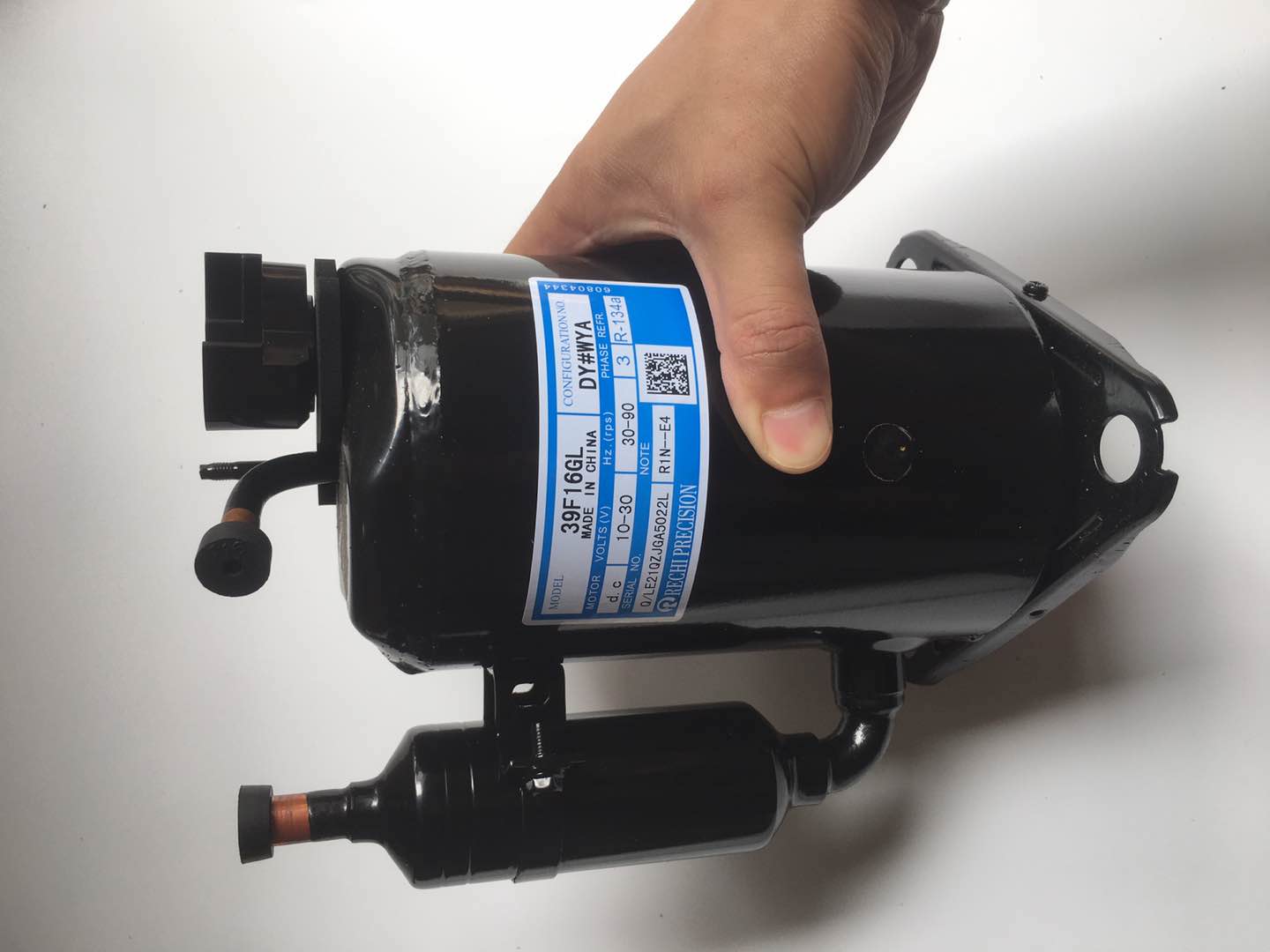
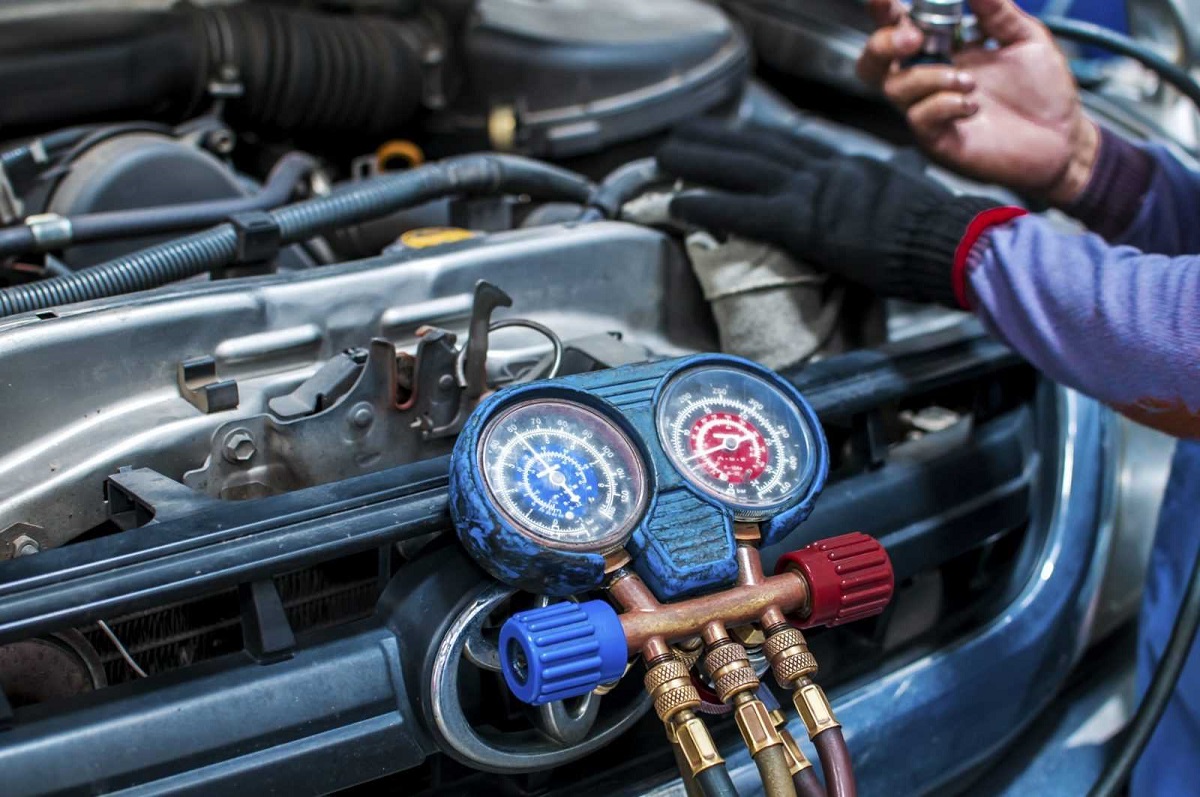
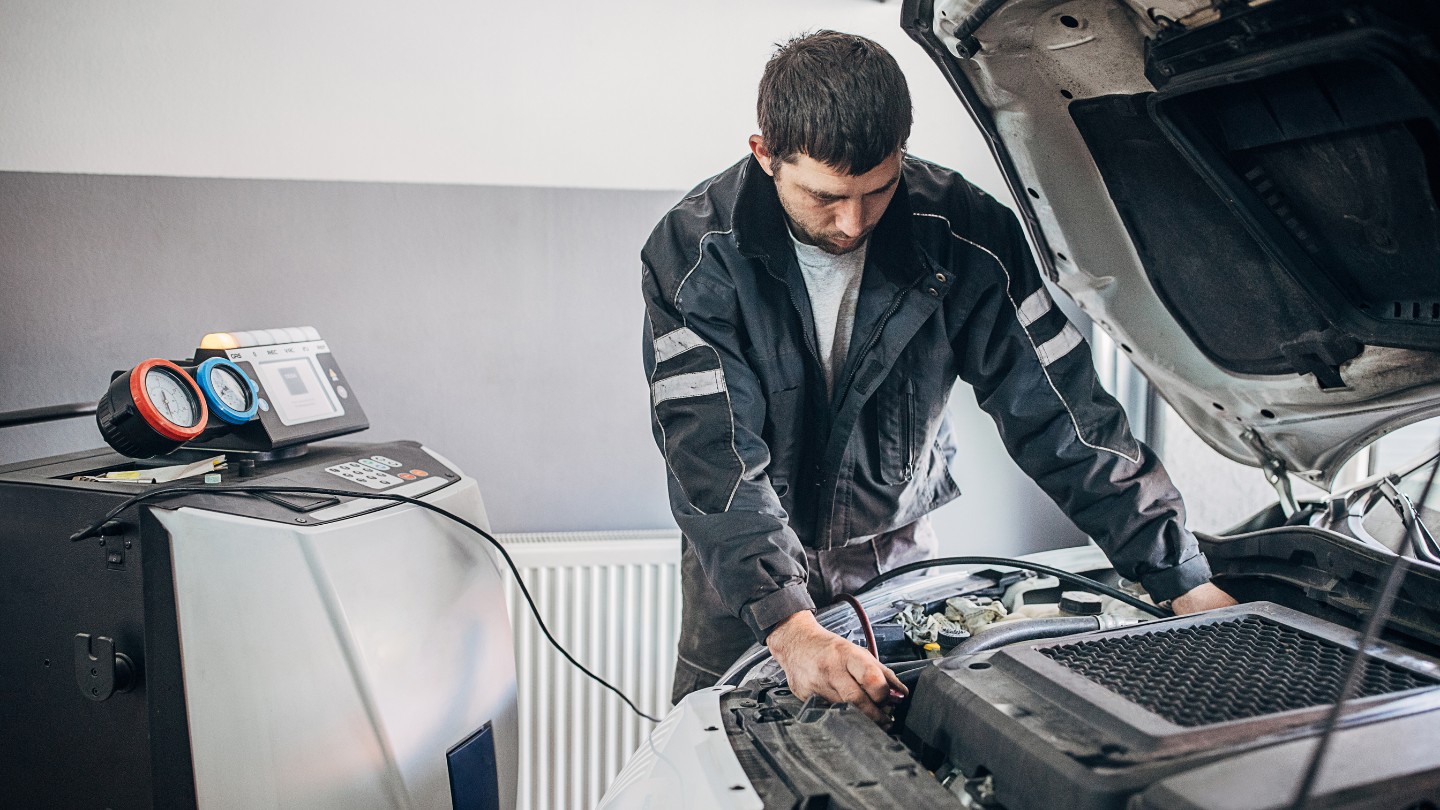

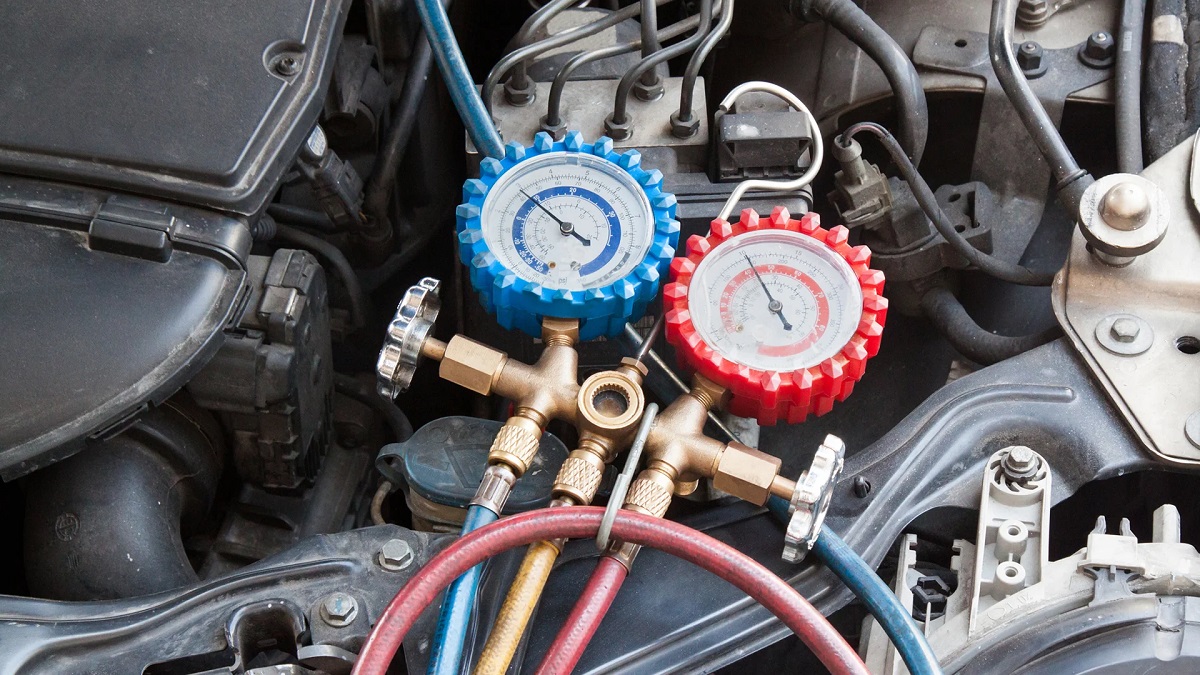




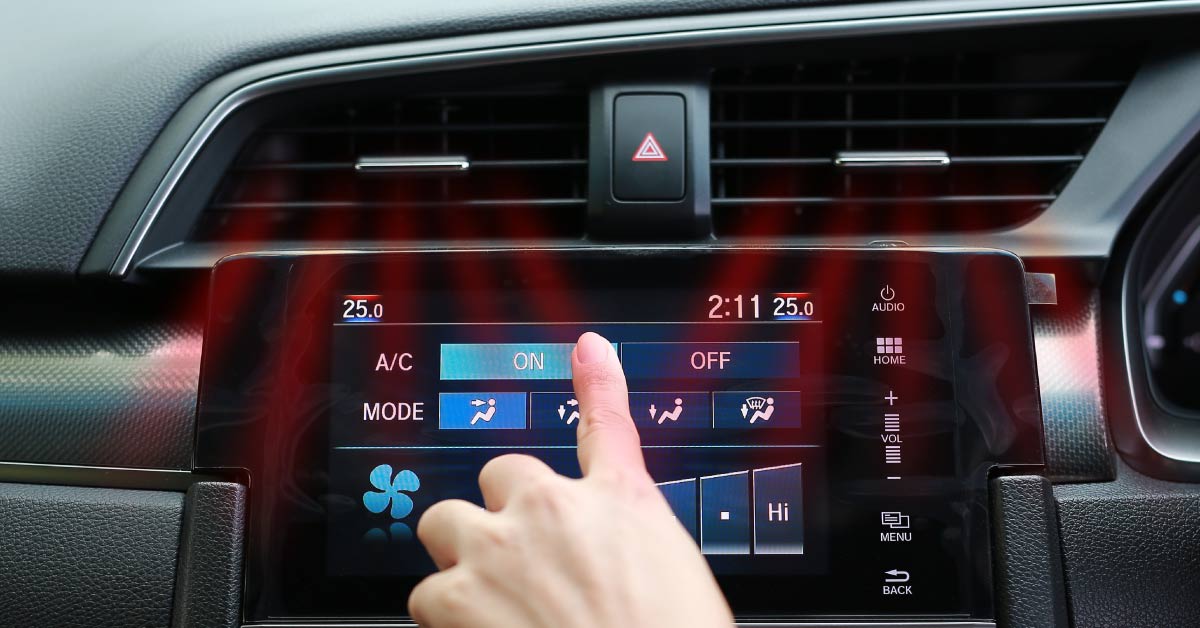
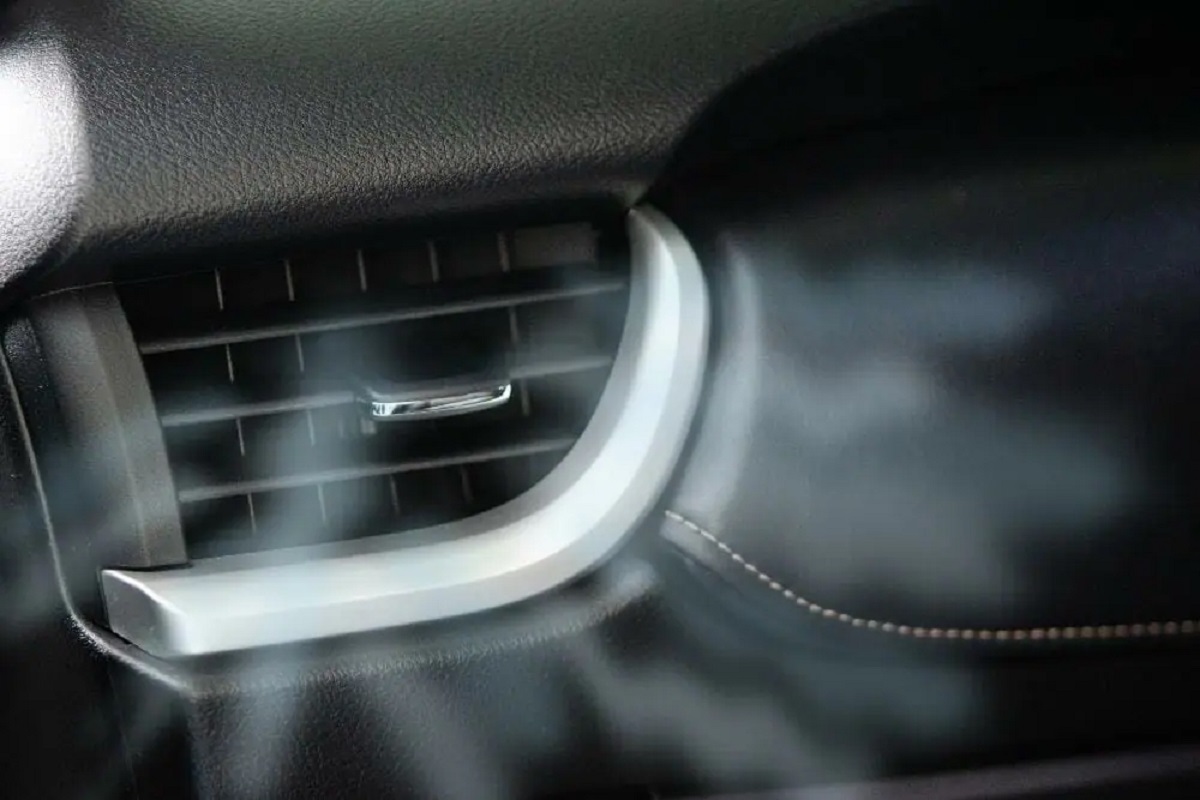
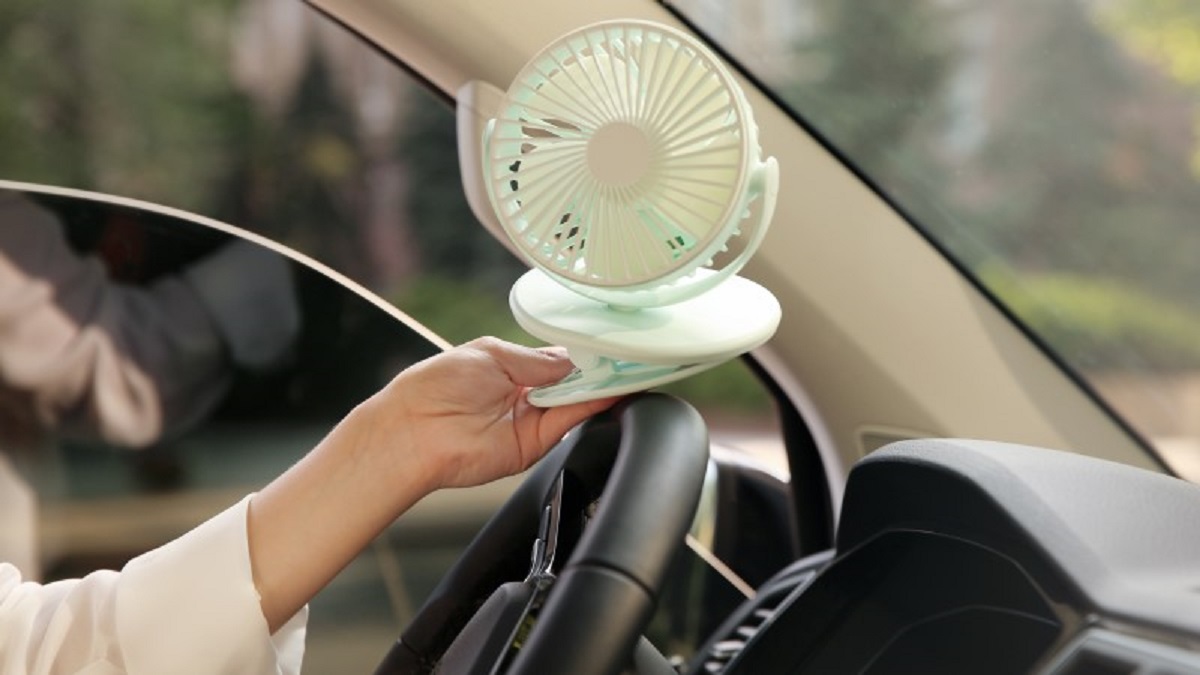
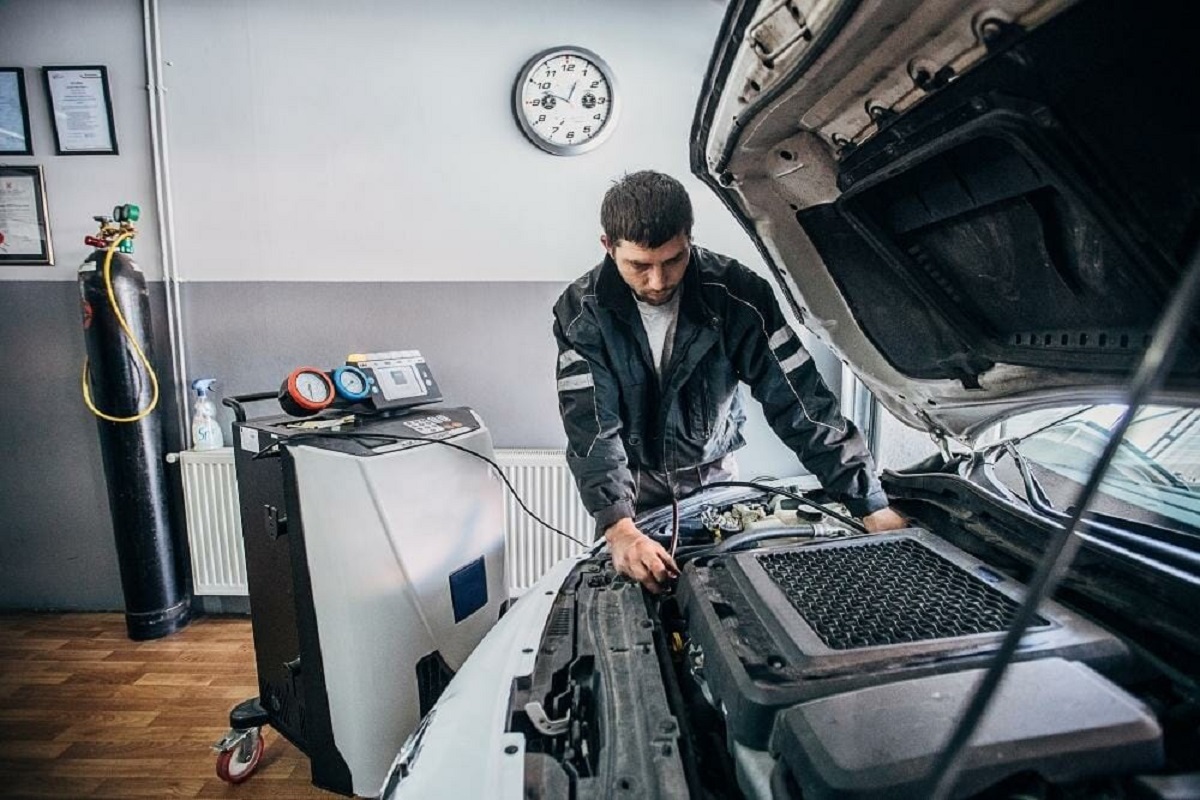
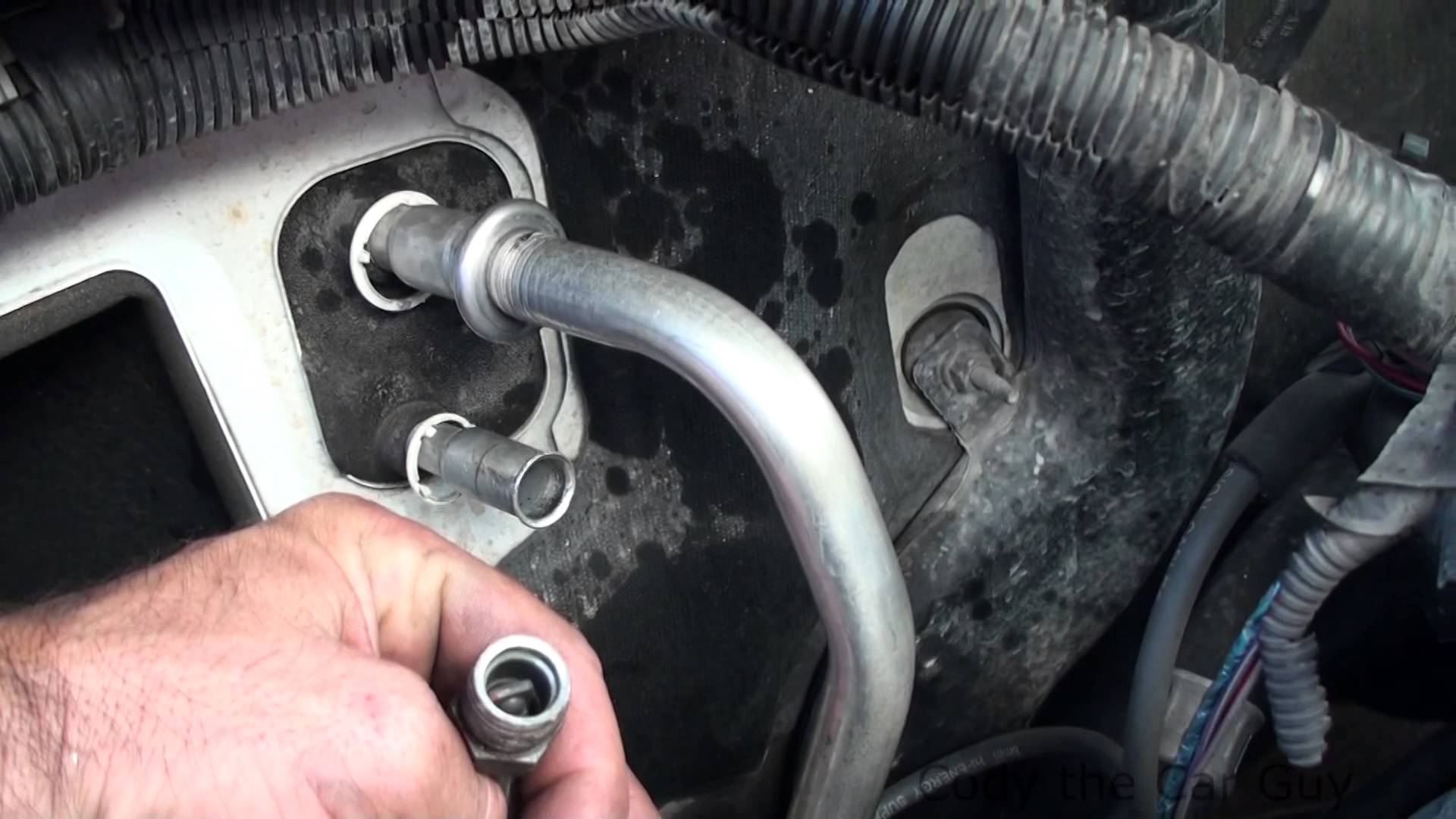

0 thoughts on “How Car AC Works”